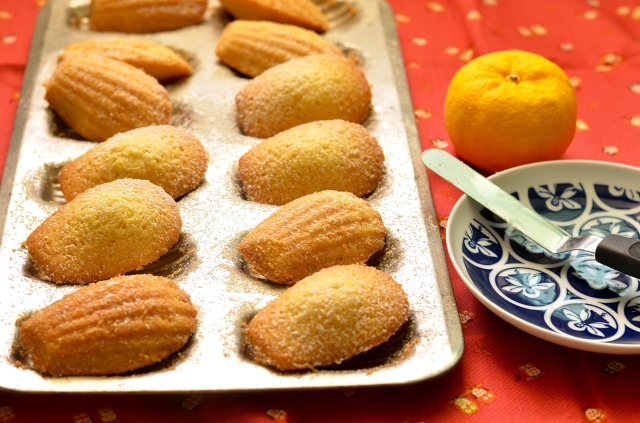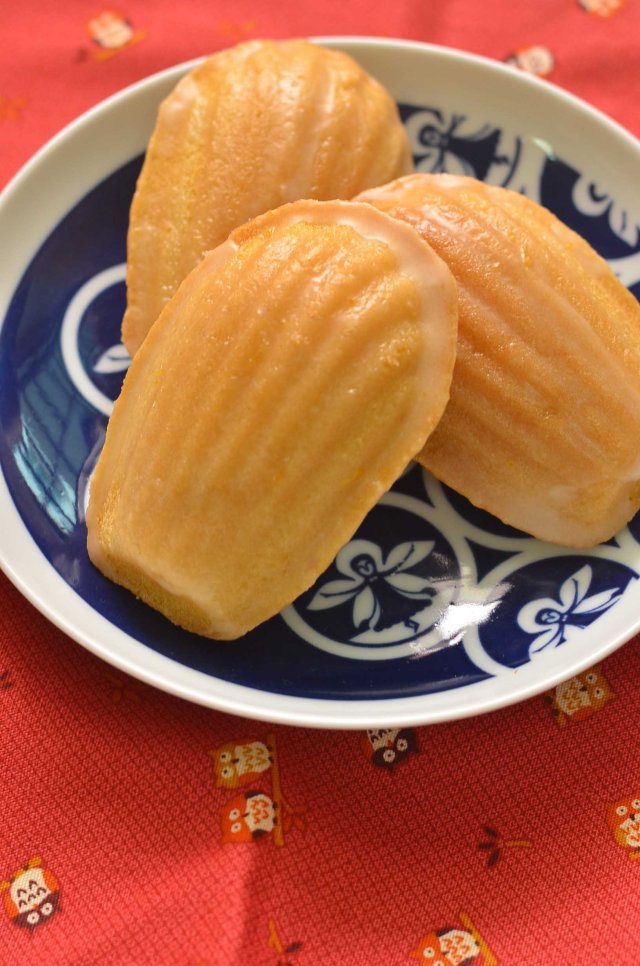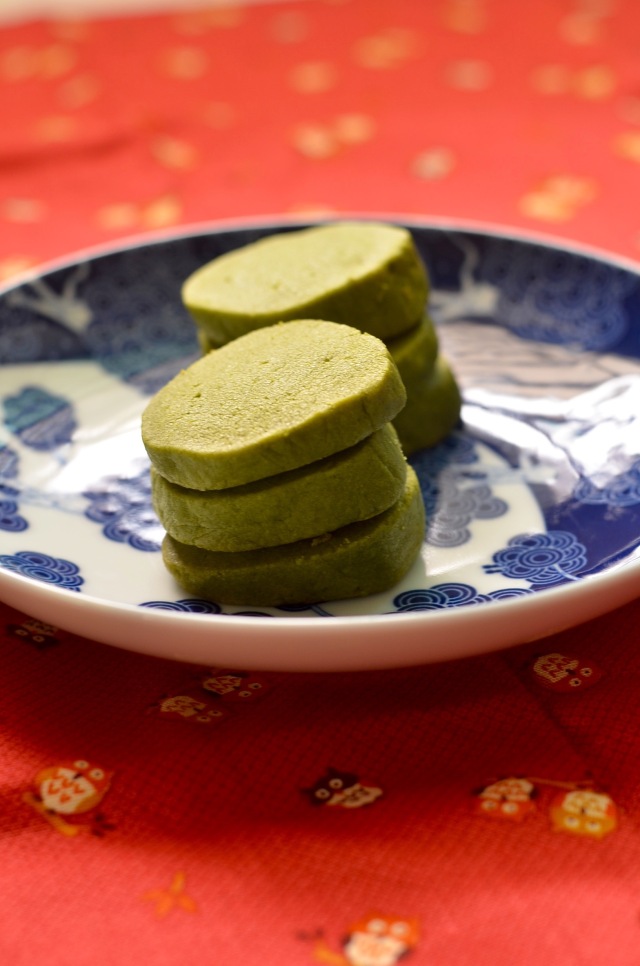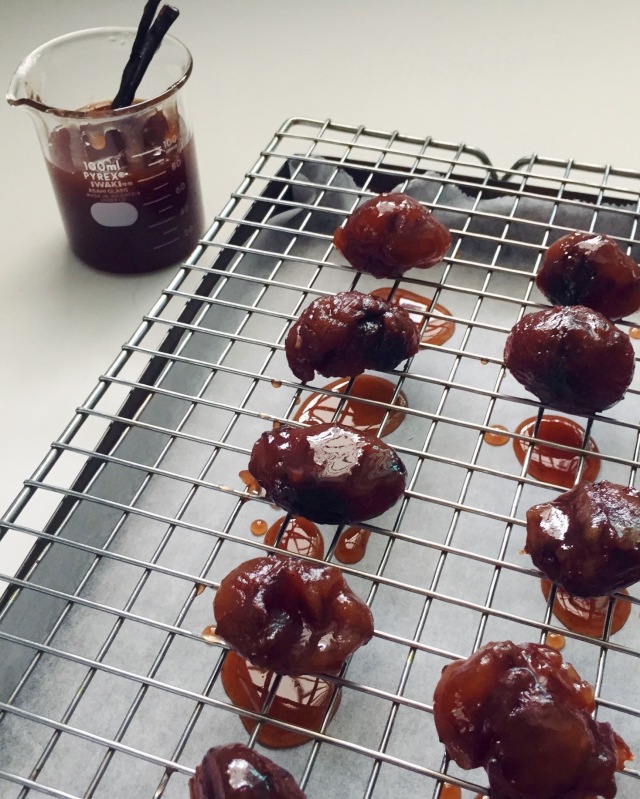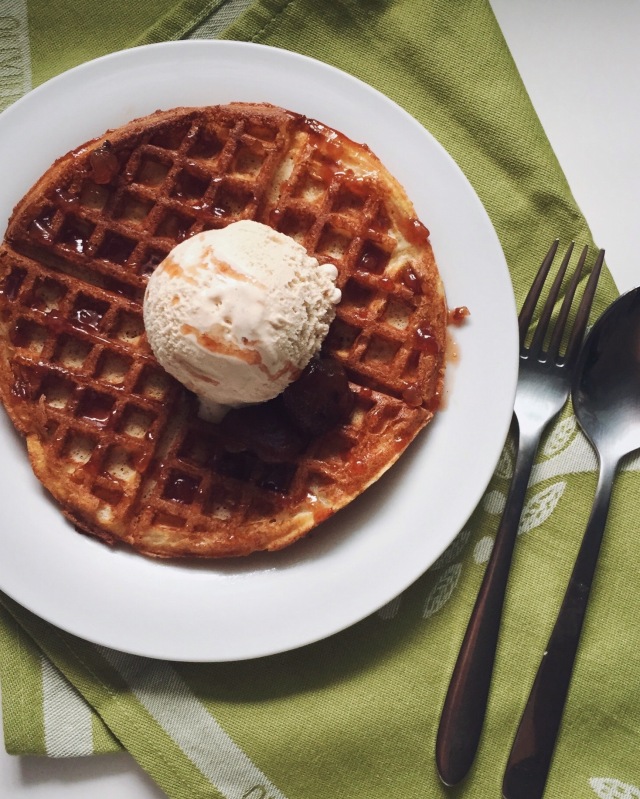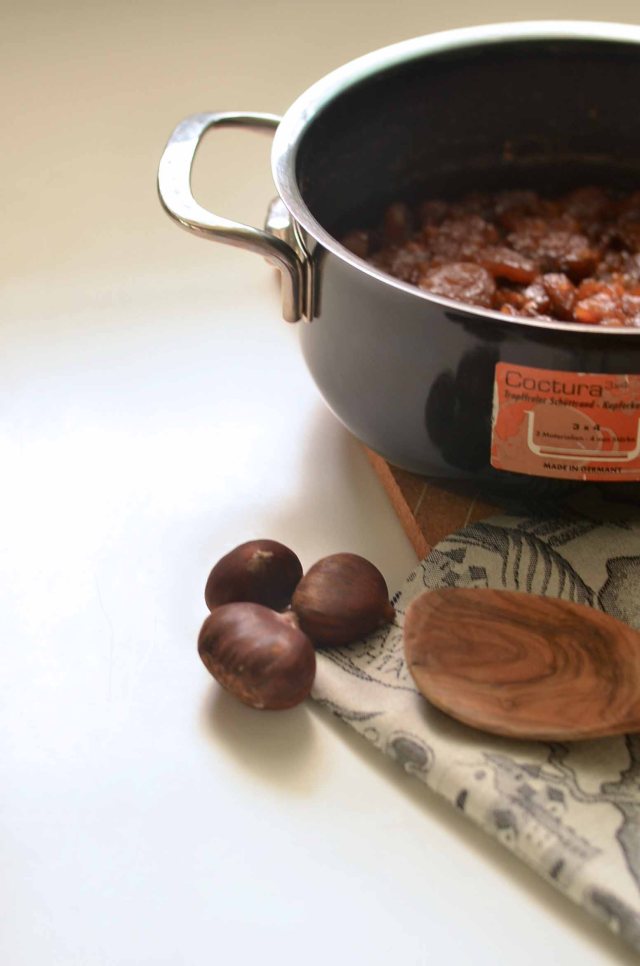
I’ve got another amazing yuzu recipe to share. Yes, I’ve gone a bit yuzu mad but I promise that this will be the last yuzu post I will be posting in a long while – till the next yuzu season!
This is a slight modification of my baked cheesecake with berries recipe that I shared earlier. I have replaced the double cream with Greek yogurt to make it slightly lighter and more tangy which I find complements the yuzu.
I love this cake. Very much. The flavour of the yuzu goes well with the creaminess of the cream cheese. Its texture is both smooth and light at the same time.
Also, I find that this cake seems to be more well-received by people who don’t usually favour cream cheese or dairy heavy desserts.
To fulfill my craving for it, I managed to sneak in a quick baking session on the second morning of the Lunar New Year’s festivities.
And it was the best decision I made that day.
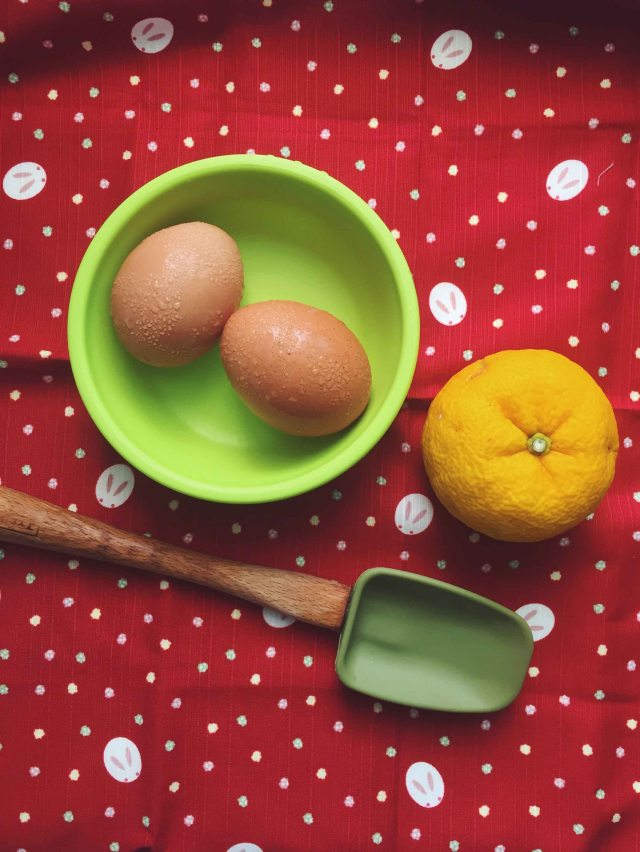

Recipe: Baked yuzu yogurt cheesecake
Adapted from Harumi’s Japanese Home Cooking
Makes a 8 inch spring form cake
This yuzu cheesecake is even lighter than my usual baked cheesecake. I replaced the cream with yogurt and the yogurt’s tangy flavour works well with the yuzu. This is one of my favourite ways to bake with yuzu.
Ingredients:
For the biscuit base:
140g plain flour
50g granulated sugar
1/4 tsp salt
115g unsalted butter, melted
1/2 tsp vanilla extract
For the cheesecake filling:
250g full-fat cream cheese, room temperature
100g granulated sugar
2 large eggs, room temperature
3 tablespoons sifted plain flour
zest of 1 yuzu
1 tablespoon yuzu juice
1/2 tsp vanilla extract
200ml full fat Greek yogurt
Method:
1. Line a spring form cake tin with parchment paper and lightly grease the bottom and sides with butter.
2. Make the biscuit base: In a bowl, mix together flour, sugar, salt, vanilla extract and melted butter until smooth.
3. Transfer this batter into the cake tin. Using your fingers/ the back of a spatula, push the biscuit the base to all corners and making sure it is level. I like a higher biscuit ratio to cake so I like to line the sides of the cake tin as well (about 1 – 1.5cm all round).
4. Bake the biscuit base in a preheated 180 degree celcius oven for about 22 -25 minutes or until golden brown.
5. While the biscuit is baking, you can start to prepare your cream cheese filling.
6. For the cream cheese filling: Cream the cream cheese and sugar with a paddle attachment until smooth, fluffy, scrapping down the sides as you go along.
7. Add in the egg one at a time and mix well to incorporate (on medium speed). Then add in the rest of the ingredients in the order given in the recipe, mixing each one thoroughly first before adding the next. The mixture should be thickened and smooth.
8. Lower the temperature of the oven to 170 degrees celcius and bake for about 50 minutes or until the top is slightly golden brown. The cake should be set in the middle.
9. Transfer the cake to a cooling rack and allow it to cool for about 15 – 20 minutes before running a palette knife around the sides of the tin and transferring the cake out onto a cake board. You can eat it immediately or allow it to chill down completely in the refrigerator before serving.
*Tip: do ensure that your oven temperature doesn’t rise above 170 degrees as yogurt does not like too much heat!



